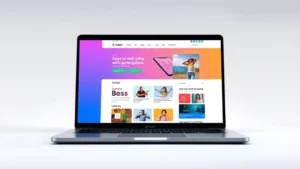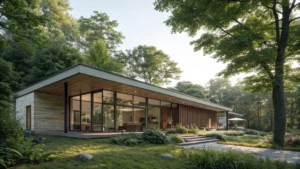Sustainable design is rapidly evolving, incorporating innovative materials and techniques to minimize environmental impact. This shift is driven by growing consumer awareness and regulatory pressures. The focus is on creating products and spaces that are not only aesthetically pleasing but also environmentally responsible. Designers are increasingly exploring circular economy models, emphasizing reuse and recycling. One key aspect of sustainable design is the use of recycled and renewable materials. This reduces the demand for virgin resources and minimizes waste. Innovative manufacturing processes are also being developed to reduce energy consumption and emissions throughout the product lifecycle. Furthermore, designers are considering the entire lifecycle of a product, from its creation to its disposal, to ensure minimal environmental impact. The future of sustainable design is bright, with a growing number of designers and businesses embracing these principles. This trend is not only beneficial for the environment but also for the economy, as it fosters innovation and creates new job opportunities. By incorporating sustainable practices into their design process, businesses can enhance their brand image and attract environmentally conscious consumers. The demand for sustainable products and services is only expected to increase in the coming years.
The Importance of User Experience in Web Design
A positive user experience is crucial for a successful website.




